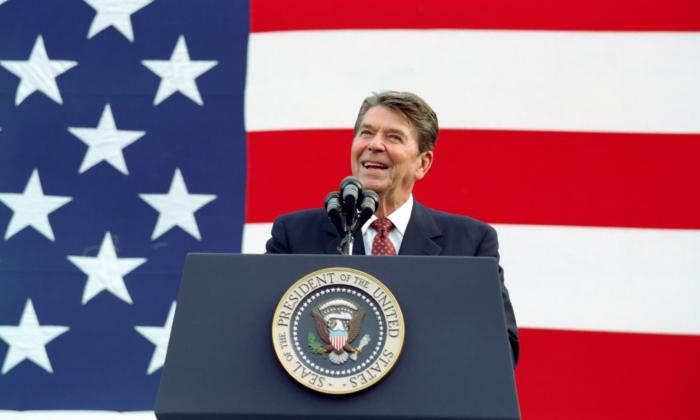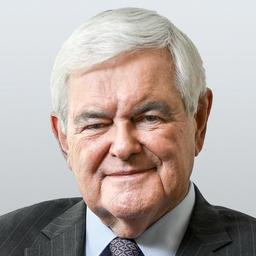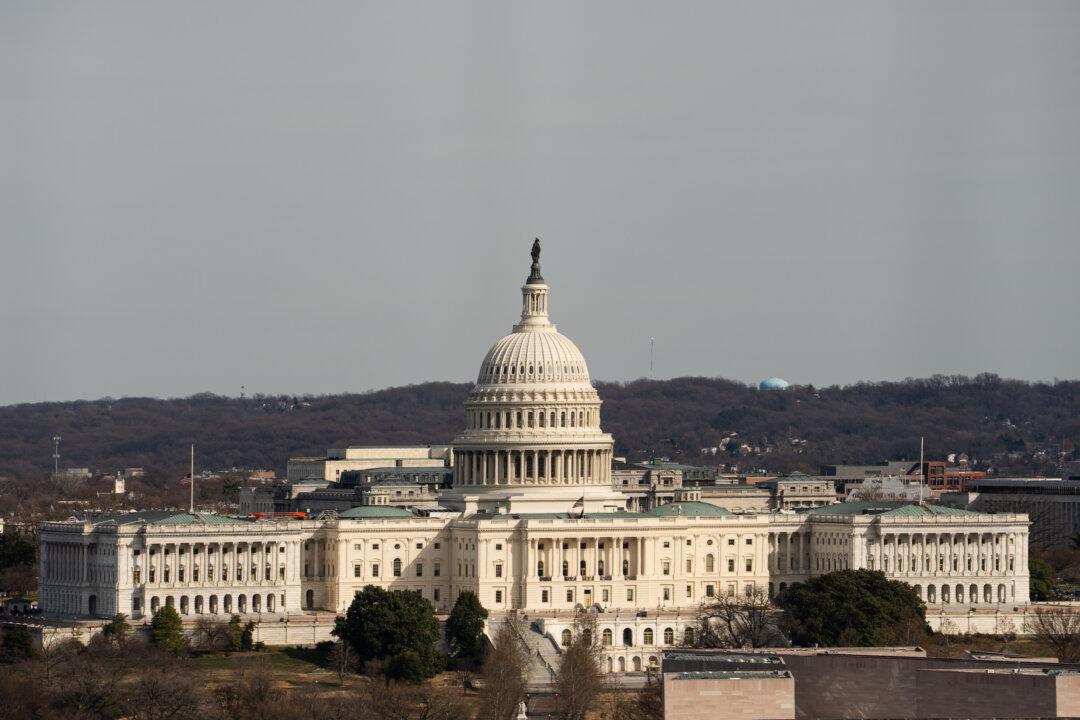Forty years ago, America was at a peak of optimism, technological opportunity, and self-confidence.
In 1980, President Jimmy Carter suffered the worst Electoral College defeat for an incumbent president in American history. By 1984, President Ronald Reagan had turned the country around—and the American people knew it.
We had cut through President Carter’s malaise and the politics of limitation and embraced President Reagan’s belief in a better future. “You ain’t seen nothing yet” was one of his favorite terms.
Psychologically, we had shifted from fear of technology and desperate catastrophism to the positive belief that we could invent a better future. It was no accident that on March 23, 1983, President Reagan gave a nationwide speech about a “Strategic Defense Initiative.” The liberal media—which generally hated President Reagan—ridiculed his proposal as “Star Wars.” Today, a modernized version of the same system is effectively defending Israel from missile attacks.
The economy was rapidly recovering from the Carter stagflation, which had peaked at 13 percent inflation and 8 percent unemployment (President Reagan dubbed these statistics “the misery index.”)
Americans were sufficiently confident about the future. President Reagan’s slogan for 1984 was “Morning in America,” and Americans believed it.
The optimism carried over into foreign policy. When asked about the long conflict with the Soviet Empire, President Reagan commented simply: “Here’s my strategy on the Cold War: We win, they lose.” On every economic, technological, and psychological front, President Reagan was crowding the Soviets into collapse. The USSR dissolved 11 years after President Reagan was sworn in for his first term.
President Reagan’s achievements were amazing. But we have wandered off the path of optimism and success. We must relearn what made President Reagan successful—and what made America the “shining city on a hill.”
In that book, I wrote that “there exists for the United States today a window of opportunity ... to create a bright and optimistic future for our children and grandchildren.” However, I warned, “If ... we continue the policies of the last twenty years, that window will close and we will bequeath to them a pessimistic future of economic and social decay.” Over 272 pages, I outlined the kind of visionary future that Reaganism could create.
Tragically, a large part of the Republican Party had no understanding of President Reagan’s optimism, idealism, and passionate belief in a better future. His willingness to work for visionary goals seemed unrealistic to traditional politicians—yet it was the key to President Reagan’s success.
Mr. Shirley’s new book—and my 40-year-old statement of the America that could have been created—are useful guides. I hope you will read them. Just like we did with President Carter in 1980, I believe we can leave President Joe Biden’s malaise. Four years from now, we can be in a remarkably safer, stronger, more prosperous country. We need only to relearn the habits and policies that work.
If we come together and determine what we must do now to create a better future, we can return to “morning in America.”







